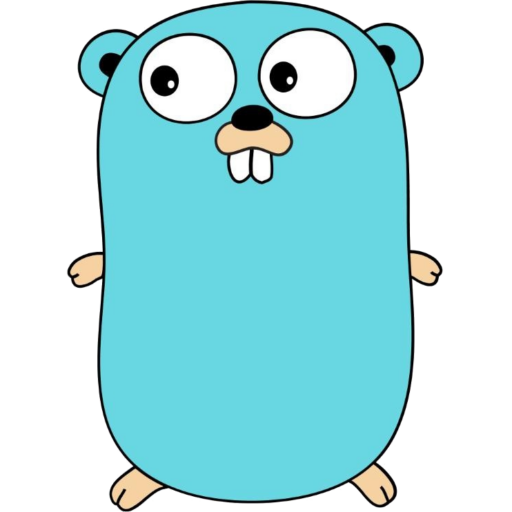英文:
How head and tail is connected in c++?
问题
以下是代码的翻译部分:
#include <iostream>
using namespace std;
class Node
{
public:
int data;
Node *next;
};
int main()
{
Node *head = NULL; // 将头指针初始化为空
Node *tail = NULL; // 将尾指针初始化为空
// 创建循环以向链表添加新节点
for (int i = 1; i <= 5; i++)
{
Node *newNode = new Node(); // 创建一个新的节点对象
newNode->data = i; // 为新节点设置数据变量
newNode->next = NULL; // 将下一个指针设置为空
// 如果列表为空,则将头和尾指针设置为新节点
if (head == NULL)
{
head = newNode;
tail = newNode;
}
// 否则,将新节点添加到列表的末尾,并更新尾指针
else
{
tail->next = newNode;
tail = newNode;
}
}
// 打印出链表
Node *current = head;
while (current != NULL)
{
cout << current->data << " ";
current = current->next;
}
return 0;
}
希望这能帮助你理解代码中如何连接头指针和尾指针以及如何将尾指针的地址传递给头指针。
英文:
I got this code from chat GPT.Can anyone explain me..How head and tail is connected in above code,because i am unable to understand that how address of tail is passed to head.
here is my code:
#include <iostream>
using namespace std;
class Node
{
public:
int data;
Node *next;
};
int main()
{
Node *head = NULL; // Initialize the head pointer to null
Node *tail = NULL; // Initialize the tail pointer to null
// Create a loop to add new nodes to the linked list
for (int i = 1; i <= 5; i++)
{
Node *newNode = new Node(); // Create a new node object
newNode->data = i; // Set the data variable for the new node
newNode->next = NULL; // Set the next pointer to null
// If the list is empty, set the head and tail pointers to the new node
if (head == NULL)
{
head = newNode;
tail = newNode;
}
// Otherwise, add the new node to the end of the list and update the tail pointer
else
{
tail->next = newNode;
tail = newNode;
}
}
// Print out the linked list
Node *current = head;
while (current != NULL)
{
cout << current->data << " ";
current = current->next;
}
return 0;
}
答案1
得分: 1
head 和 tail 通过内部元素相连接。
在开始时,它们都是 NULL,尽管最好使用 nullptr。
当第一个节点被添加时,它们都指向它。之后,tail 将始终指向最后一个元素,head 指向第一个元素。
| 操作 | 状态 |
|---|---|
| 开始 | head = tail = NULL |
| 第一次插入 | head = tail = 新节点 -> NULL |
| 第二次插入 | head = 第一个节点 -> tail = 第二个节点 -> NULL |
| 第三次插入 | head = 第一个节点 -> 第二个节点 -> tail = 第三个节点 -> NULL |
这里,-> 表示节点的 next 字段指向的位置。等号表示了在每个状态下 head 和 tail 的值。
英文:
head and tail are connected through the inner elements.
At the start, they are both NULL, although it is better to use nullptr.
When the first node is added, both point to it. After that. tail will always point to the last element and head to the first.
| action | state after |
|---|---|
| start | head = tail = NULL |
| first insert | head = tail = new node -> NULL |
| second insert | head = first node -> tail = second node -> NULL |
| third insert | head = first node -> second node -> tail = third node -> NULL |
Here, the convencion -> means to where the next field of the node point to. The equals sign, is to say what is the value of head and tail in each state.
通过集体智慧和协作来改善编程学习和解决问题的方式。致力于成为全球开发者共同参与的知识库,让每个人都能够通过互相帮助和分享经验来进步。


评论